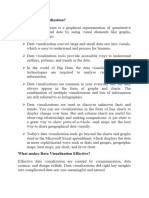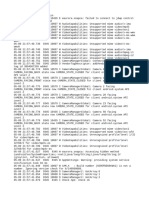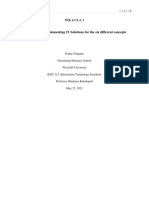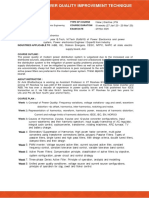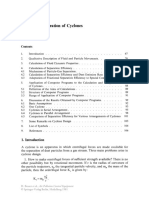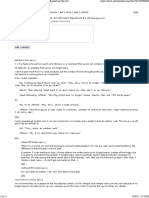0% found this document useful (0 votes)
30 views18 pagesData Analytics Unit V
Data visualization is the graphical representation of information that simplifies complex data sets into visual formats for easier interpretation, aiding in identifying patterns and trends. It is crucial for enhancing data interpretation, saving time, improving communication, and telling a data story. Various techniques such as pixel-oriented, geometric projection, icon-based, and hierarchical visualization methods are employed to effectively visualize data and relationships.
Uploaded by
paritalachamundaswariCopyright
© © All Rights Reserved
We take content rights seriously. If you suspect this is your content, claim it here.
Available Formats
Download as PDF, TXT or read online on Scribd
0% found this document useful (0 votes)
30 views18 pagesData Analytics Unit V
Data visualization is the graphical representation of information that simplifies complex data sets into visual formats for easier interpretation, aiding in identifying patterns and trends. It is crucial for enhancing data interpretation, saving time, improving communication, and telling a data story. Various techniques such as pixel-oriented, geometric projection, icon-based, and hierarchical visualization methods are employed to effectively visualize data and relationships.
Uploaded by
paritalachamundaswariCopyright
© © All Rights Reserved
We take content rights seriously. If you suspect this is your content, claim it here.
Available Formats
Download as PDF, TXT or read online on Scribd
/ 18



















